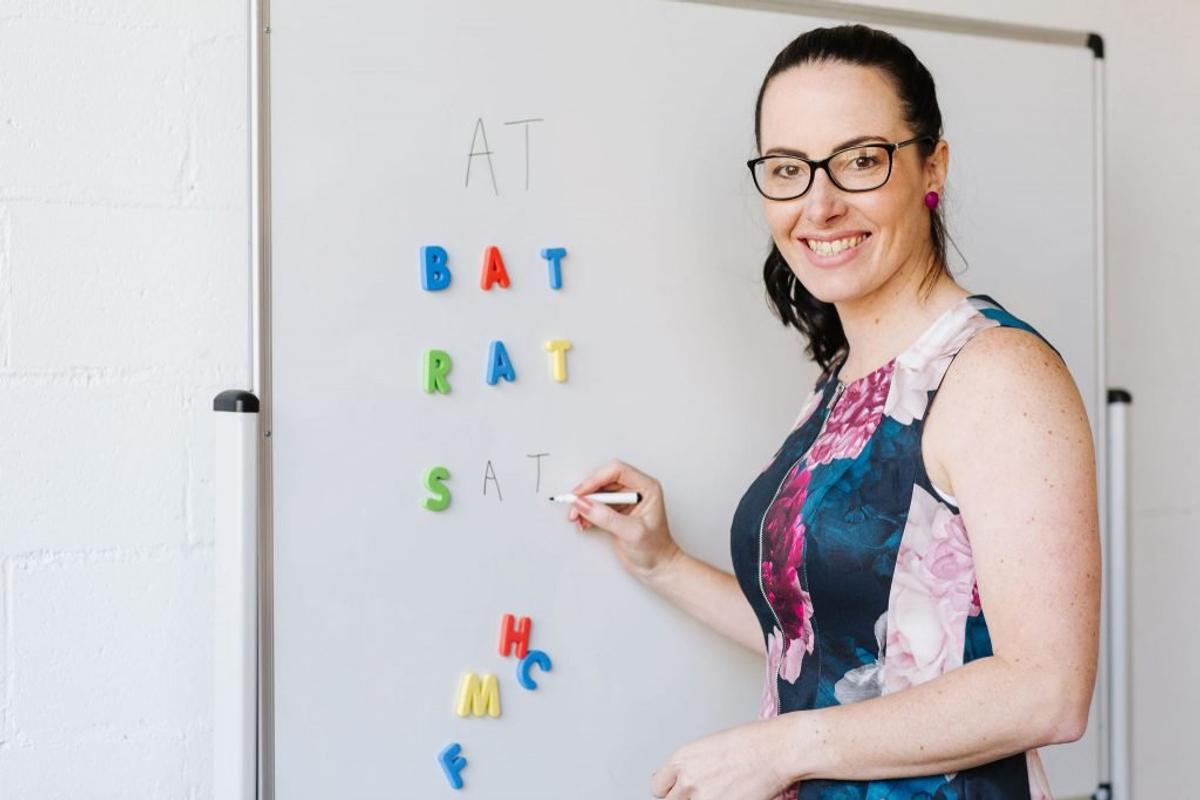Literacy

What Is Phonological Awareness And Why Does It Matter?
Taken from Narissa Leung (Oz Lit Teacher www.ozlitteacher.com.au)
What Is Phonological Awareness?
The textbooks will tell you that phonological awareness is ‘the ability to recognize and manipulate the sound properties of spoken words, such as syllables, initial sounds, rhyming parts, and phonemes’ (Kilpatrick, 2016). But if I were writing my own definition in my uni notes, I think I’d write: The ability for a reader to understand that spoken words can be broken into smaller parts (including syllables, onset and rime and phonemes etc.).
Phonological awareness is all about using your ears. If students don’t understand that spoken words can be broken into smaller parts and/or they struggle to discern the individual sounds within spoken words, they’ll struggle when it comes to matching those sounds to graphemes (letters or letter combinations that represent sounds in words).
What Is Phonemic Awareness?
Phonemic awareness is a subskill under the umbrella of phonological awareness. It deals with the awareness of ‘phonemes’- the smallest units of sound in a spoken word. Where letters are the smallest parts of written words, phonemes are the smallest parts of oral words.
Take the word ‘cat’ for example, if you have good phonological awareness, you’ll recognise that it has 1 syllable but three different phonemes (or sounds) that make up the word: /c/ /a/ /t/
The word ‘catch’ again has 1 syllable and three phonemes: /c/ /a/ /tch/. Don’t be tricked into thinking the number of phonemes is related to the number of letters in a word- remember phonemes are about what you can hear, not what you can see.
‘Children need solid phonemic awareness training for phonics instruction to be effective’ .
(Blevins, 2017)
Phonological awareness and phonemic awareness are known as ‘necessary but not sufficient’ elements in learning to read. This means they’re important, but they aren’t enough by themselves- there are other skills we need to teach our students in order for them to become strong readers.
What Is Phonics?
Phonics refers to ‘teaching sound-letter correspondence for reading and spelling’ (Gillon, 2017).
The main difference between phonological awareness and phonics is that phonological awareness activities can be done with your eyes closed, because it’s all about what you can hear, whereas phonics requires the use of your eyes as well as your ears, because it the letters you can see with the sounds you can hear.
“In the past, phonics instruction was viewed as competing with or even threatening reading for meaning. Today, we better understand the role of phonics instruction as one of the building blocks for meaningful comprehension and composition and that research allows us to create curricula specific to individual children’s needs.”
(Mesmer, 2019)
However, just like phonological and phonemic awareness, it’s another ‘necessary but not sufficient’ element of learning to read. Meaning there is more to teaching reading than simply teaching phonics.
Why Does Phonological Awareness Matter?
Here are a few snippets from the literature on why phonological awareness matters:
- “Research has shown that explicit phonemic awareness instruction increases reading and spelling achievement among preschoolers, primary-grade children, and students with learning disabilities” (Blevins, 2017).
- “Phoneme awareness works alongside phonetic decoding to allow children to master the skill of word recognition. Phoneme awareness is arguably the most common source of reading difficulties. The good news is that it is trainable” (Kilpatrick, 2016).
- “Of all the phonological skills, the ability to identify, remember, and manipulate strings of speech sounds accounts for a significant portion of the difference between good readers and poor readers. The same relationship holds for learning to spell: those who learn to spell easily usually have well-developed phoneme awareness, and the poor spellers usually have phonological processing weaknesses” (Moats, 2020).
- “Results of the meta-analysis showed that teaching children to manipulate the sounds in language helps them learn to read. Across the various conditions of teaching, testing, and participant characteristics, the effect sizes were all significantly greater than chance and ranged from large to small, with the majority in the moderate range. Effects of PA training on reading lasted well beyond the end of training. PA instruction produced positive effects on both word reading and pseudoword reading, indicating that it helps children decode novel words as well as remember how to read familiar words.” (NRP Report, 2000)
Sarah Watkins
Acting Assistant Principal/Literacy Specialist



